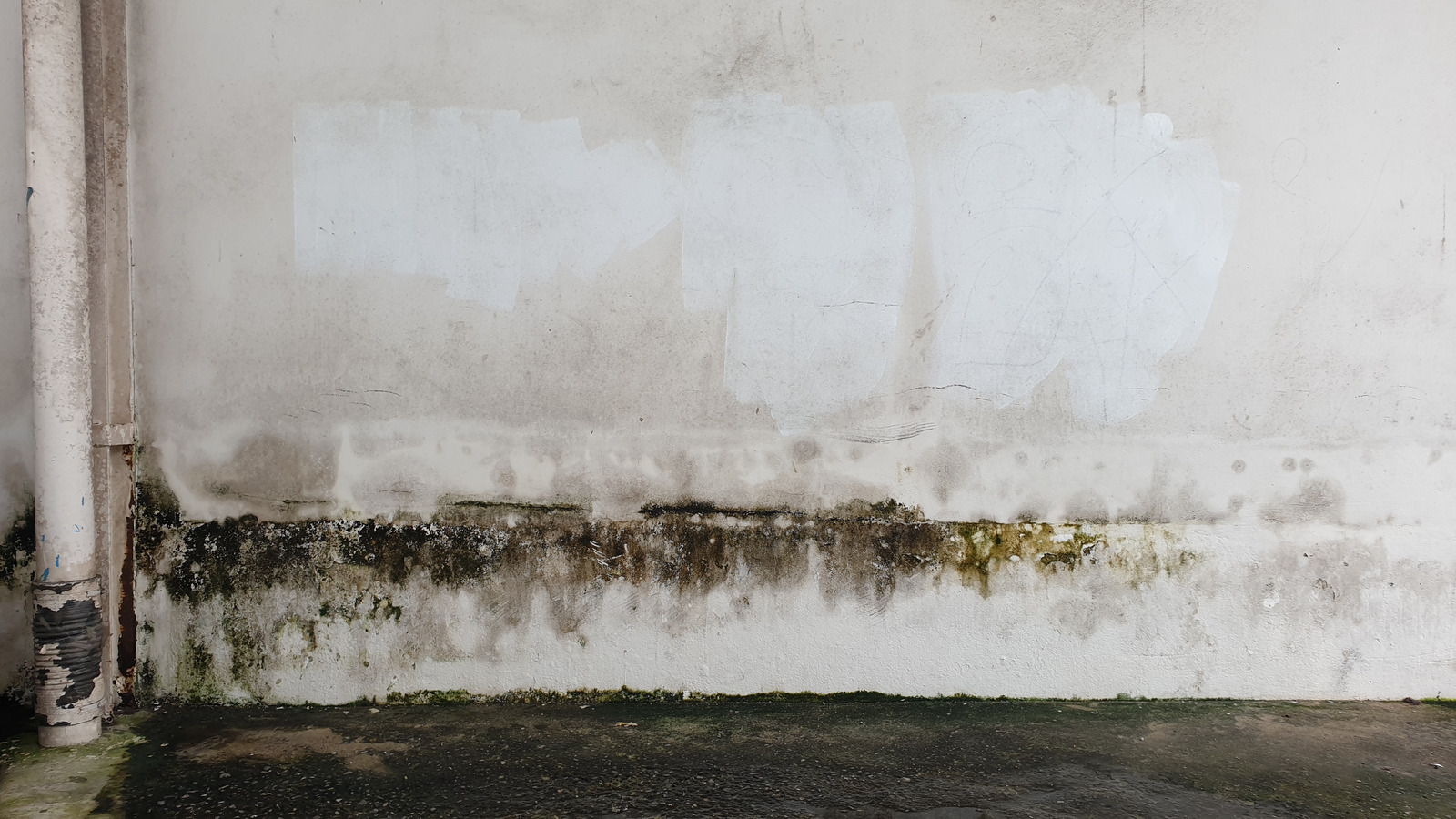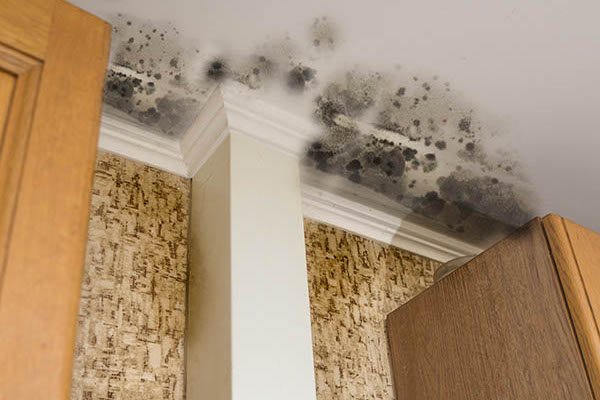Beating Back Water Stains - Wall Check And Repair Solutions
Beating Back Water Stains - Wall Check And Repair Solutions
Blog Article
We have encountered this post about How to Find and Repair Water Leaking in the Wall listed below on the web and reckoned it made good sense to share it with you on this page.

Water discolorations on walls are not pleasurable to the eyes. Sometimes it seems nearly inevitable to experience water spots on wall surfaces in residences.
Property owners living in damp areas frequently deal with the anxiety of water discolorations on walls. With well-rounded and precise details on the reasons of water discolorations and also punctual fixing procedures, you will certainly constantly be an action in advance of such events.
3 Usual Causes of Water Discolorations on Wall Surfaces
Contrary to common belief, water spots on wall surfaces do not constantly come from poor building materials. There are a number of root causes of water discolorations on wall surfaces. These consist of:
Wet
When hot moist air meets with dry cold air, it triggers water droplets to base on the wall surfaces of structures. When there is vapor from food preparation or showers, this takes place in cooking areas and also washrooms. The water beads can discolor the bordering walls in these parts of your house as well as infect other areas.
Damp or condensation affects the roofing system and walls of structures. This creates them to show up darker than various other locations of the house. When the wall is wet, it creates a suitable environment for the development of fungi and microbes. These might have negative effects on health, such as allergies and respiratory problems.
Poor Drainage
This will protect against water from leaking into the walls. This web links to extreme dampness that you notice on the wall surfaces of your structure.
So, the leading reason for wet wall surfaces, in this situation, can be a poor water drainage system. It can additionally be because of poor monitoring of sewer pipes that go through the building.
Pipe Leaks
The majority of houses have a network of water pipes within the wall surfaces. This guarantees that the pipelines are faraway from the reach of destructive rats. It always increases the feasibility of such pipes, as there is little oxygen within the wall surfaces. This prevents corrosion.
A drawback to this is that water leak affects the wall surfaces of the building and also causes prevalent damage. A dead giveaway of defective pipelines is the appearance of a water discolor on the wall.
Pro Idea
A houseplant in your house likewise raises its humidity. So, if your home is currently damp, you might want to present houseplants with marginal transpiration. An instance of appropriate houseplants is succulents.
Water Discolorations on Wall: Repair Work Tips
When dealing with water spots, property owners would normally want a quick solution. They would soon realize this is counterproductive as the water stains recur. So, here are a few helpful tips that will guide you in the repair of water stains on walls:
Verdict
No one desires to have water spots on walls in their residence, it can occur to the best of us. This write-up provides you leverage, as you currently understand how to manage this incident if it does occur.
It is constantly best to recruit professional solutions to help deal with the problems in your home.
Occasionally it seems virtually inescapable to experience water stains on wall surfaces in houses.
In contrast to prominent belief, water spots on walls do not constantly stem from poor structure materials. There are numerous causes of water discolorations on walls. The water beads can discolor the bordering walls in these components of your house and also spread to other locations.
Right here are a couple of valuable pointers that will lead you in the repair service of water stains on wall surfaces:
CHECKING FOR WATER DAMAGE
Water damage can be costly, and it may begin before you even notice the first signs of trouble. Water damage can cause mold and mildew in your walls and floors, which can create an abundance of health concerns for your family. It can also lead to costly repairs of various appliances and general home fixtures. To avoid the pricey consequences of water damage, here are Warner Service’s top 5 places you should check:
The walls – The easiest place to spot the beginnings of water damage is on the walls and ceilings of your home. If water damage is present, there will most likely be water stains, especially around the windows and doorframes, and/or cracks in the drywall. If a stain looks unusual (discolored to brown, black or gray, raised texture), has a swollen appearance or is soft to the touch, contact a professional immediately. The pipes – To avoid water damage, consistently check the pipes in your kitchen (especially the dishwasher and ice maker), bathrooms, laundry room (specifically washing machines) and basement for corrosion, leaks and water stains. Pay special attention to where the pipes connect in your home and the location of caulking around the bathroom fixtures, including toilets, sinks, showers and tubs. Missing or loose caulking and grout could be signs of leaking water. This seepage can also quickly cause mold and rust, so double check your water heater and tank for wet spots on the floor. The floor – Water damage is very easy to spot on the floor. Look for any warping or buckling of the material, especially in the basement. If your home has wood flooring, look for bright white or dark stains. If your home has carpeting, keep it dry and clean. A damp carpet that smells of mold could cause water damage and health problems. To avoid this, consider installing floor pans under your appliances to help prevent damages from small, slow and undetected leaks. The basement and attic – If your basement or attic smells odd check for mold and mildew around the area, especially the valley where the roof meets. While you are inspecting those areas, check for wall cracks, floor stains, rust and dampness in the insulation. If you live in a colder and/or rainier climate, perform routine checks for water damage from melting snow or ice and rain. The exterior – Check the roof for damaged flashing and missing, cracked or curled shingles. There should also be no standing water anywhere outside your home. This could be caused by puddles, leaky rain gutters or hoses, poor drainage, or short gutter spouts. Invest in a sump pump system or water flow monitoring system, and perform routine maintenance on these outdoor appliances to avoid indoor water damage.

We were made aware of that write-up on How to Remove Water Stains from Walls and Ceilings through an associate on our other web page. Appreciated our post? Please share it. Help another person check it out. We treasure reading our article about Indicators of Water Damage Behind Walls.
Visit Site
Report this page